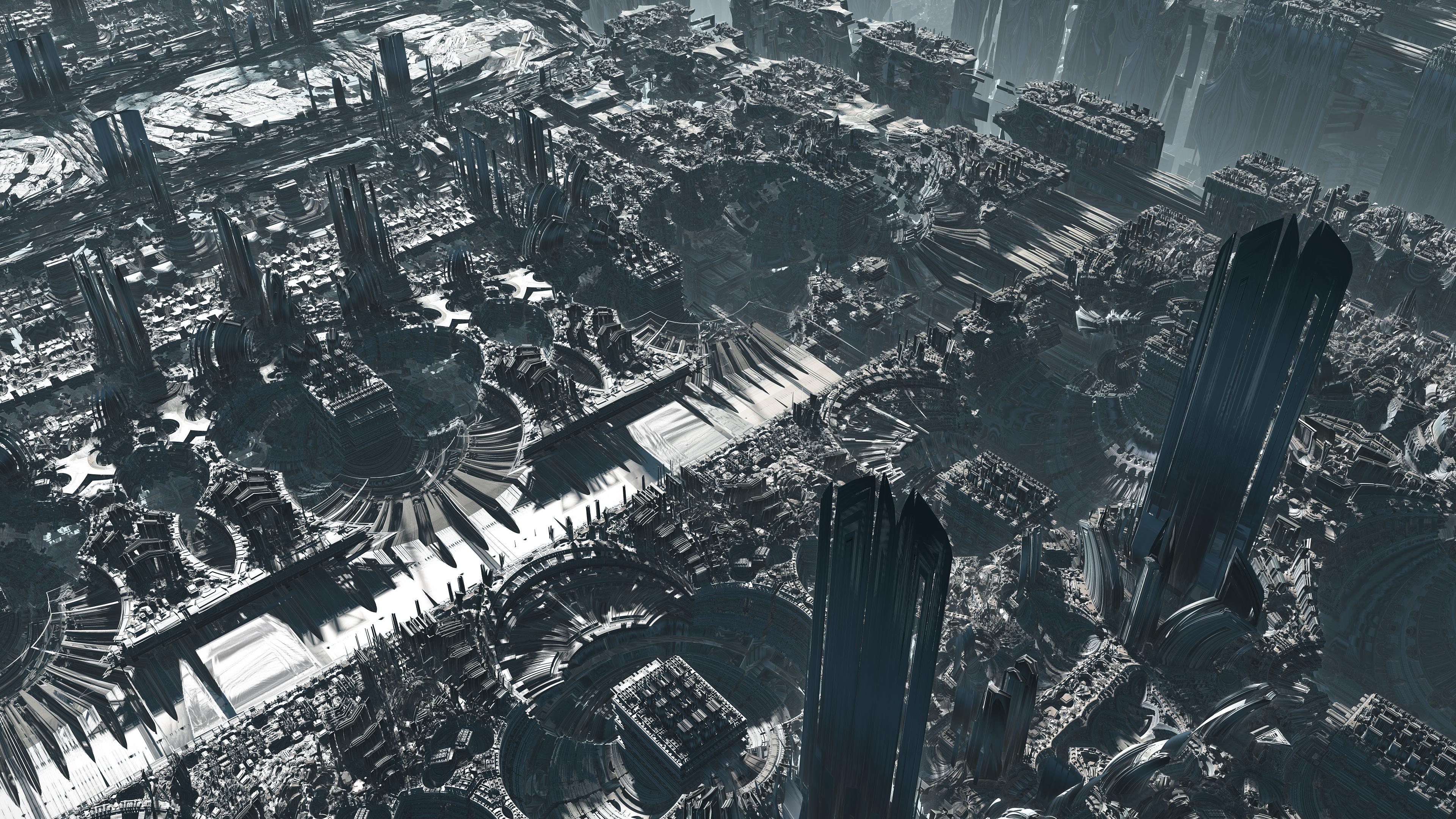
The Aurullia series are Tom Beddard’s interpretation of a fractal formula called Mandalay, a specific type of Mandelbox with additional parameters that allow scaling of the folding on individual axes, either in parallel or one after.
Displaying search results
37 Results
The Aurullia series are Tom Beddard’s interpretation of a fractal formula called Mandalay, a specific type of Mandelbox with additional parameters that allow scaling of the folding on individual axes, either in parallel or one after.
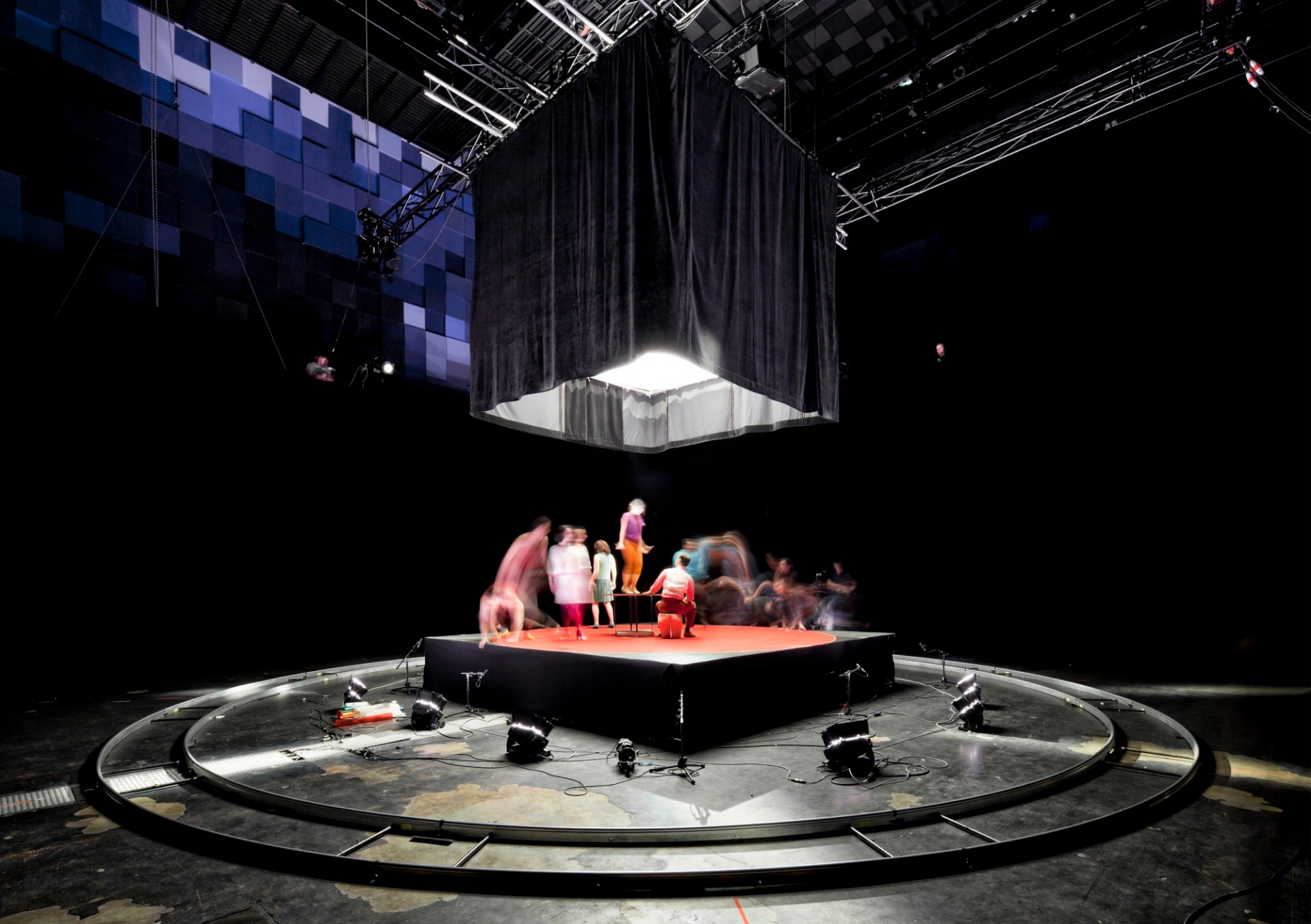
Fractal Film includes a very precisely choreographed scene, shot in very high definition (5K) at eight different angles, shown always differently using custom based software that chooses rules at random and follows them.

Continuig their exploration of fate and chance using dice in their works, Life and Death of an Algorithm 2024 (33,782 White dice, evolutionary algorithm) by Troika is the latest (and largest) itteration of the work they produced–currently on display at Langen Foundation as apart of PINK NOISE exhibition presenting ambitious new installations by the the Franco-German trio.
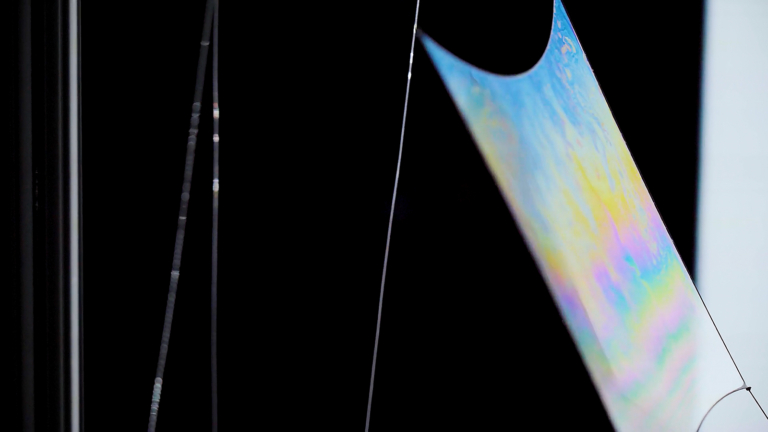
Developed in the context of Human 2 Objects project, the main concept was to reflect the human capacity to transform natural elements and to use the human body and its spatiality as an input for interactivity. As a result, the exhibition Controlled Uncontrollables is composed of two sculptural installations in a delicate interplay of art and technology.
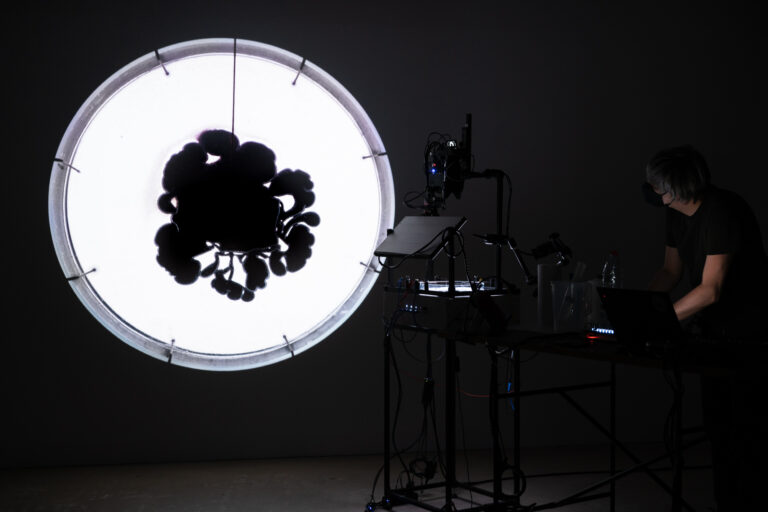
‘A Natural History of Networks / SoftMachine’ is an electrochemical algorithmic performance that probes an alternative computational and technological material regime.
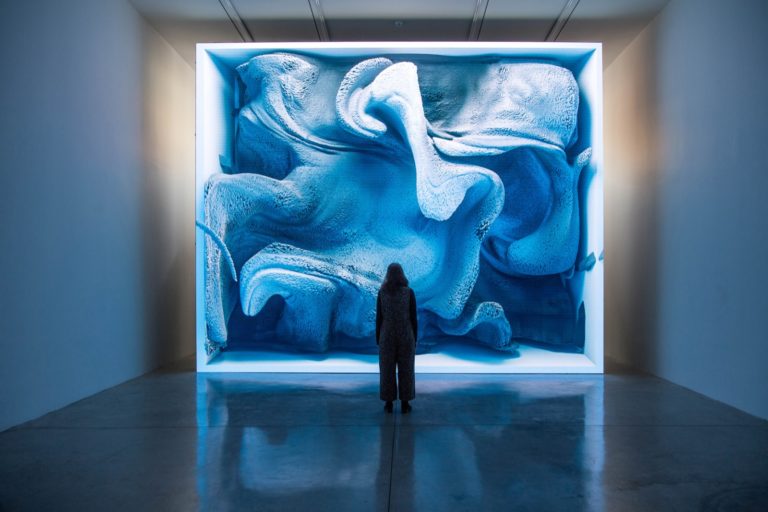
Created by Refik Anadol, “Melting Memories” is a series of digital artworks that explore materiality of remembering by offering new insights into the representational possibilities of EEG data collected on the neural mechanisms of cognitive control.
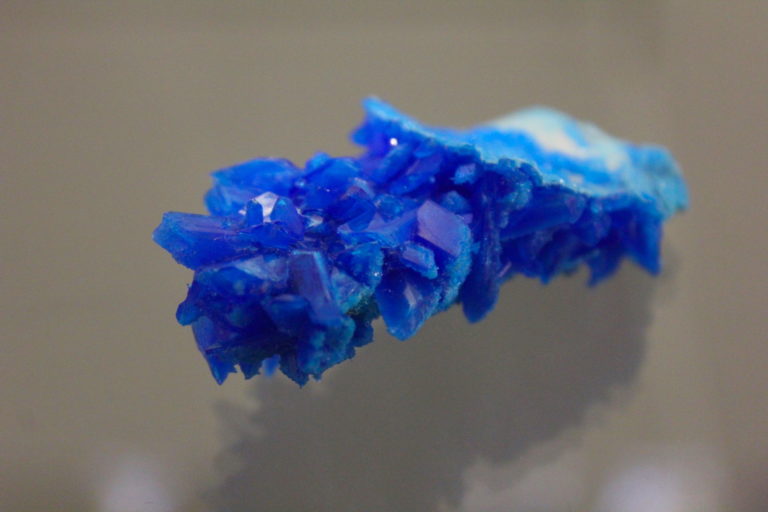
Created by Jayson Haebich, The Crystallisation Event explores a speculative future in which the endless digitisation and quantification of data has caused information to become supersaturated and begin a process of crystallisation. The project is presented as a speculative museum exhibit showing future artefacts from this post crystallised data world.
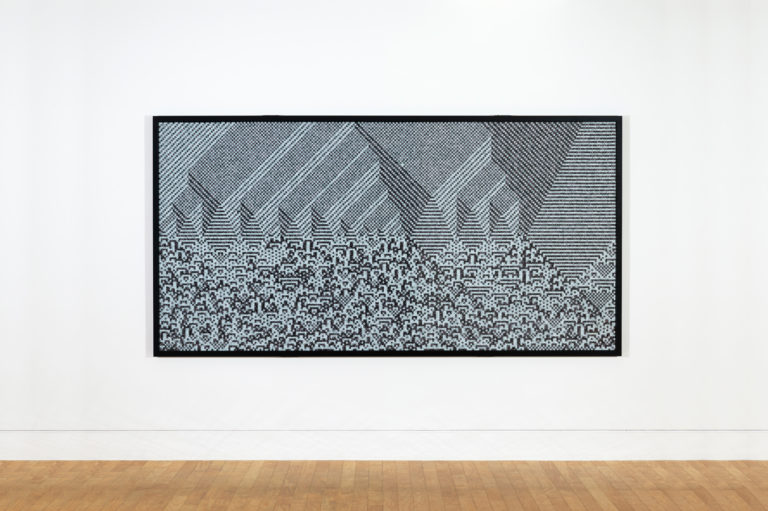
A meditation on several recent Troika projects that render cellular automata with dice and anodised aluminium rather than pixels on a screen. Realized over the last four years, these works demonstrate how a prolonged investigation into a rudimentary approach can yield rich dividends.
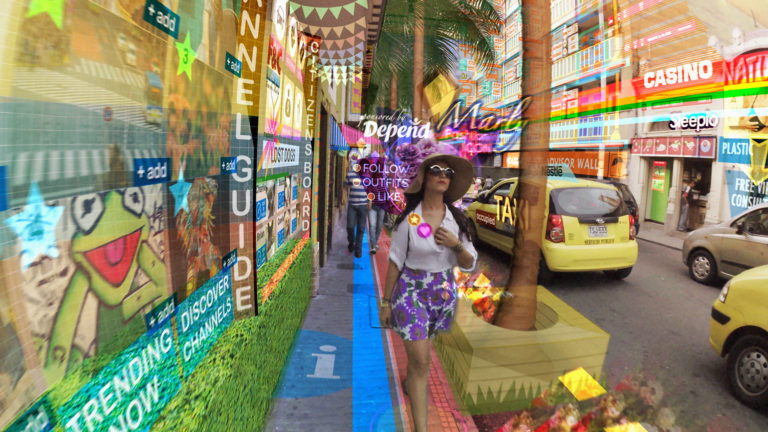
Riding high on the wave of massive interest in his most recent work “Hyper-Reality,” which depicts a super-mediated Medellín, Colombia of the near future, director/designer Keiichi Matsuda chats with CAN about augmented reality, Silicon Valley, and CGI shopping companions.
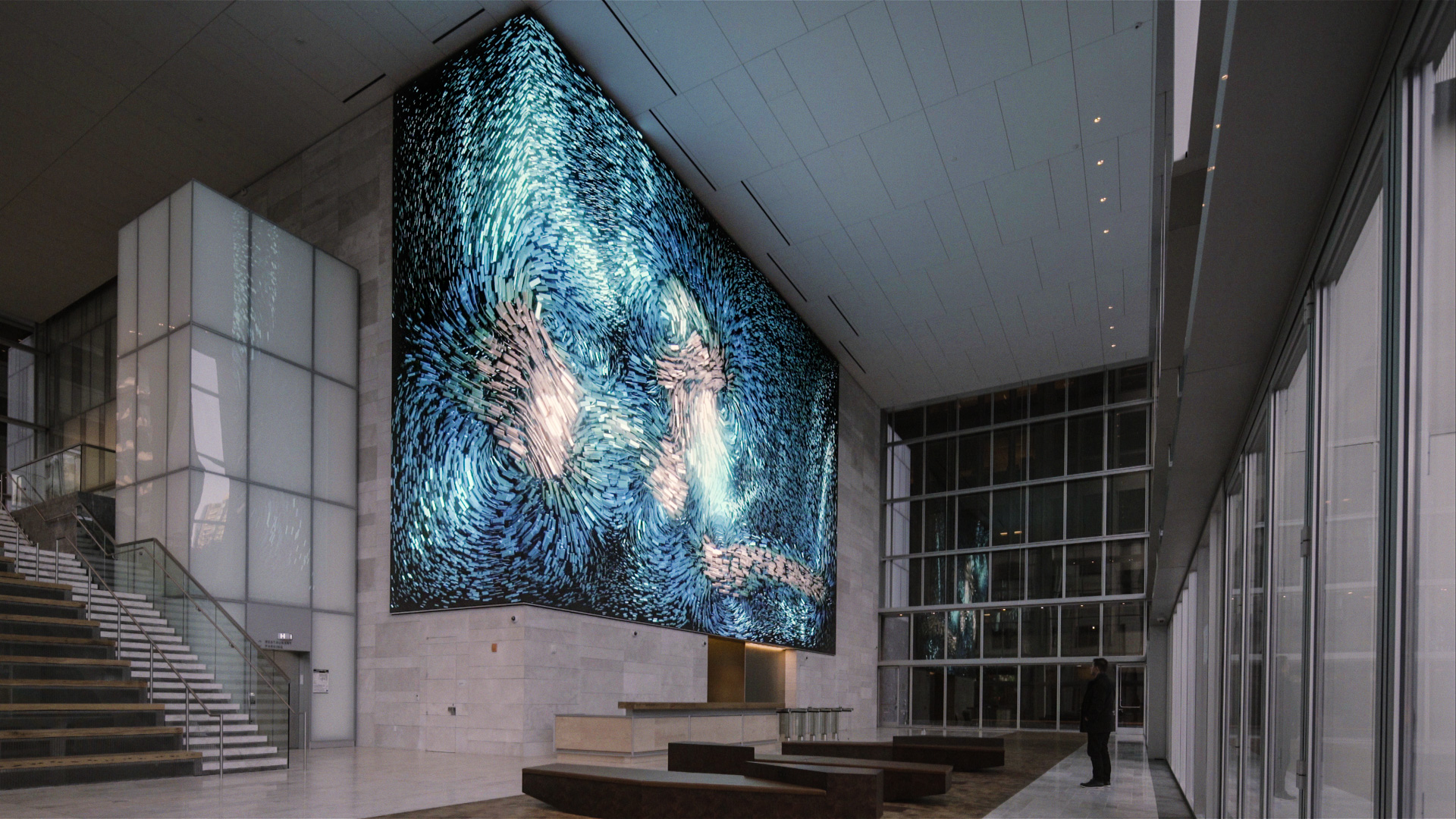
Created by Refik Anadol in collaboration with Kilroy Realty Corporation and SOM Architects, Virtual Depictions: San Francisco is cinematic and site-specific data-driven sculpture consisting of 90 minutes long dynamic visuals projected in the building lobby’s 40-foot-tall screen and visible from the street.
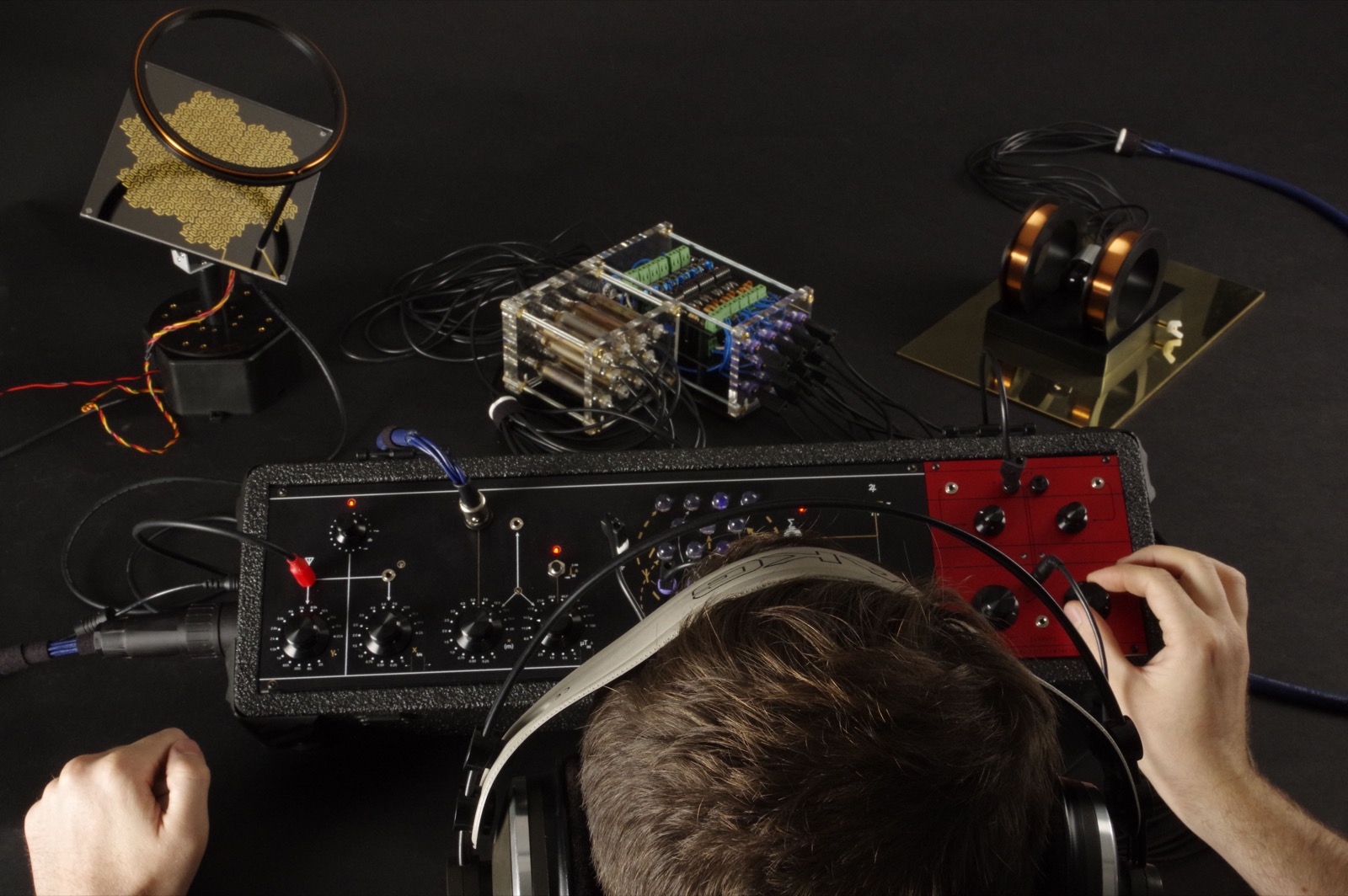
Created by Sam Conran at the RCA/Design Interactions, the Kabbalistic Synthesizer is a is a musical synthesiser that operates using waveforms generated by the Earths magnetic field, noise via magnetic storms of Jupiter and keyboard via cosmic rays.

Processing enthusiasts rejoice! There is a new book coming by Daniel Shiffman and it’s called Nature of Code. As it’s title implies this book takes phenomena that naturally occur in our physical world and shows you how to simulate them with code.
Creativeapplications.Net (CAN) is a community of creative practitioners working at the intersection of art, media and technology.
Join us today by becoming a Member.
• Archive: Access thousands of projects, scores of essays, interviews and reviews.
• Publish: Post your projects, events, announcements.
• Discuss: Join our Discord for events, open calls and even more projects.
• Education: Tutorials (beginners and advanced) with code examples and downloads.
• Jobs Archive: Find employers who have recruited here in the past (over 1,000 jobs).
• Discounts: Special offers and giveaways (events, books and media).
• Ad-Free Reading: No advertisements or banners of any kind.
• Studios/Organisations: Read more about benefits here.